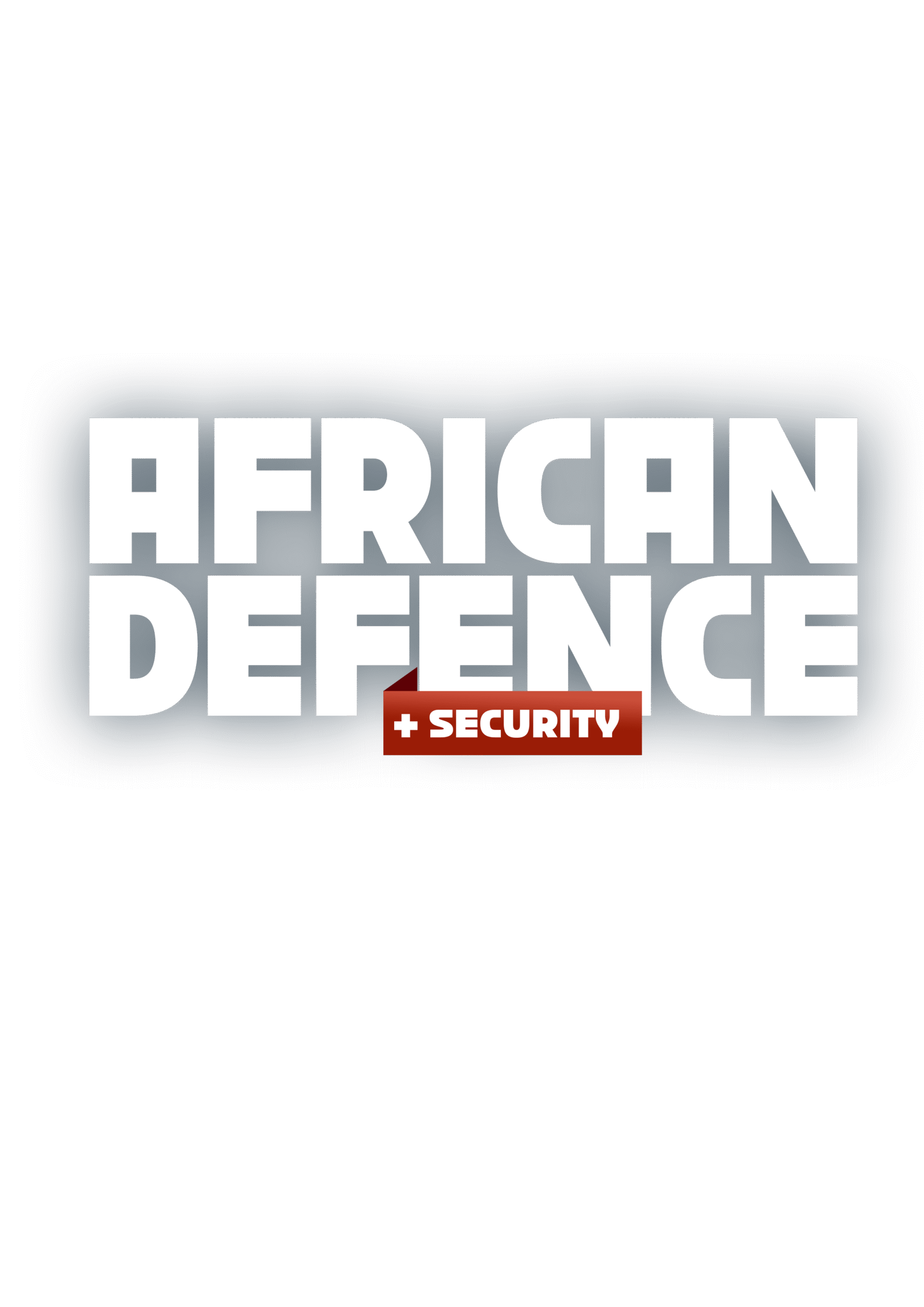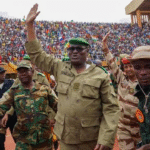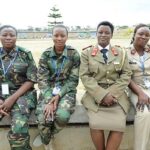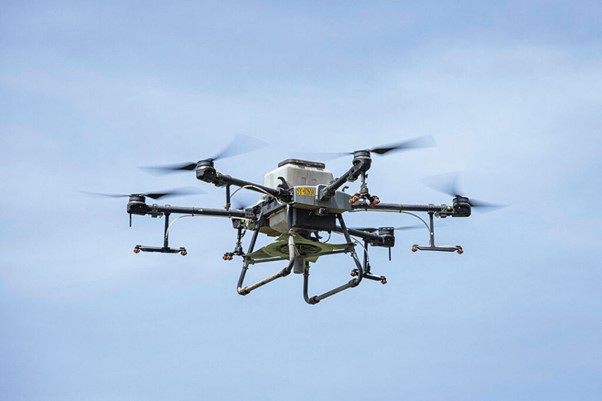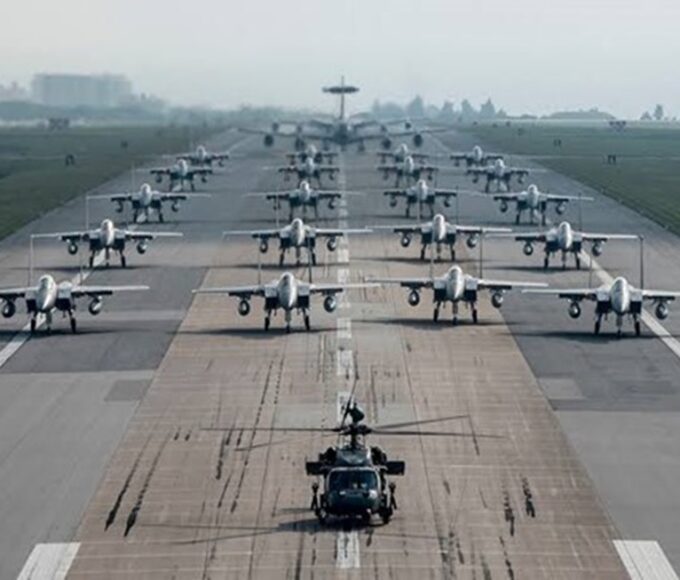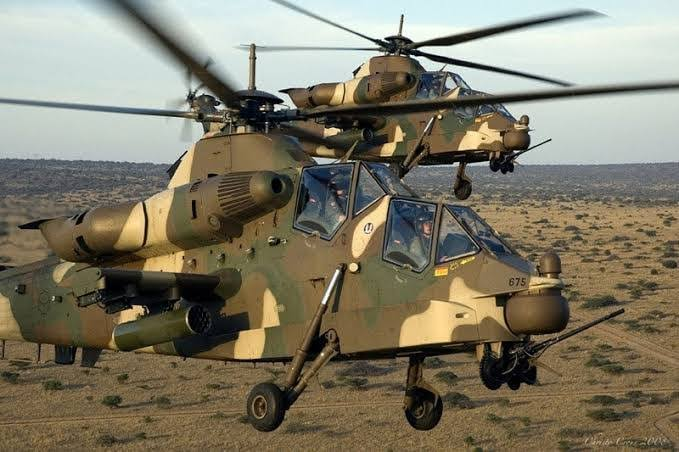
MILITARY HELICOPTERS IN AFRICAN OPERATIONS
Military helicopters have become important assets in African operations, offering unmatched versatility across diverse environments from dense jungles to arid deserts. These rotorcraft support a wide spectrum of missions, including troop transport, close air support, reconnaissance, and medical evacuation. In conflict-prone regions such as the Sahel and the Horn of Africa, helicopters enable rapid responses to insurgencies and terrorist threats, often tipping the balance in asymmetric warfare. With Africa’s vast geography and limited infrastructure, helicopters bridge logistical gaps that fixed-wing aircraft cannot, making them critical for both national defence and multinational peacekeeping efforts. Their growing integration into African militaries underscores a shift toward more agile and responsive air power.
The use of helicopters in African conflicts dates back to the colonial era, when they first demonstrated their transformative potential. During the Algerian War (1954–1962), French forces pioneered armed helicopters for ground attack, setting a precedent for counter-insurgency tactics. This approach evolved during the Cold War, with strategies inspired by Vietnam adapted to African contexts. In the Rhodesian Bush War (1965–1980), heli-borne operations provided mobility and fire support against guerrilla forces. Post-colonial conflicts, such as those in Angola and Namibia, saw Soviet-supplied Mi-24 Hind gunships dominate the battlefield, shaping modern doctrines in African air forces.
Related Article: AFRICA IN WORLD WAR II: OVERLOOKED SACRIFICES
Today, several African nations field substantial helicopter fleets, reflecting growing investments in aerial capabilities. Egypt leads the continent with more than 300 helicopters, including around 100 attack variants, making it the regional leader in rotorcraft power. Algeria follows with advanced Russian Mi-28NE Havocs, while Angola, Tunisia, and South Africa round out the top five, each tailoring fleets to multi-role operations. Nigeria and Morocco are rapidly expanding as well, with Nigeria inducting T-129 ATAK helicopters and Morocco acquiring AH-64E Apaches in 2025. These trends highlight North Africa’s focus on air superiority, while sub-Saharan forces emphasize counter-terrorism and internal security.
A variety of designs dominate African skies, ranging from Western platforms like the AH-64 Apache and Bell UH-1 Huey to Russian workhorses such as the Mi-35M and Ka-52 Alligator. South Africa’s Denel Rooivalk stands out as a home-grown attack helicopter optimized for bush warfare. Multi-role models like the Airbus H125 and Leonardo AW139 add flexibility for logistics, reconnaissance, and surveillance. Airbus alone has over 500 helicopters operating across Africa, serving both military and civilian roles. Equipped with advanced avionics, night-vision systems, and precision munitions, these aircraft significantly enhance mission effectiveness in high-threat environments.
Helicopters remain central to counter-terrorism campaigns and high-intensity conflicts. Nigerian forces employ Mi-35M gunships against Boko Haram, while Egyptian Apaches conduct border security and strike missions in Sinai. In the Sahel, French Euro copter Tigers supported operations against jihadists until 2022, with Malian Mi-24s now filling the gap under Russian influence. Burkina Faso’s H125 Écureuils have been used for evacuations during militant attacks, demonstrating their utility in both urban and rural combat. Across these theatres, helicopters provide crucial firepower, mobility, and the ability to strike armoured vehicles or fortified positions with precision.
Beyond combat, helicopters play a vital role in peacekeeping and humanitarian operations, often under United Nations mandates. Canadian CH-147 Chinooks and CH-146 Griffons were instrumental in medical evacuations during the MINUSMA mission in Mali, saving lives in otherwise inaccessible areas. In Somalia, Italian-donated Bell helicopters support resupply and casualty evacuation for Somali forces. Helicopters also assist disaster relief, particularly in flood-prone regions, though their misuse for VIP transport has occasionally drawn criticism. These missions highlight their dual role in both security and humanitarian support, reinforcing stability in fragile states.
Despite their value, helicopters in Africa face mounting challenges. The rise of drones poses a significant threat, with unmanned systems increasingly used to target rotorcraft. This has fueled calls for enhanced countermeasures beyond traditional anti-missile defences. Harsh climates, maintenance difficulties, and dependence on foreign supply chains especially for Russian equipment further strain operational readiness. Sanctions and global disruptions have made spare parts harder to obtain, complicating sustainment efforts. As irregular warfare evolves, helicopters must continue adapting, as they have historically transitioned from simple transport platforms to versatile, multi-role assets.
Military helicopters have firmly established themselves as the backbone of modern African air power. From counter-insurgency campaigns to humanitarian relief, their versatility ensures they remain central to both national defence and regional stability. Despite challenges from drones, supply chains, and maintenance demands, ongoing modernization and international cooperation point to a future where helicopters continue to secure Africa’s skies and support its ground forces.
King Richard Igimoh, Group Editor ALO
King Richard Igimoh, Group Editor African Leadership Organisation is an award-winning journalist, editor, and publisher with over two decades of expertise in political, defence, and international affairs reporting. As Group Editor of the African Leadership Organisation—publishers of African Leadership Magazine, African Defence & Security Magazine, and Africa Projects Magazine—he delivers incisive coverage that amplifies Africa’s voice in global security, policy, and leadership discourse. He provides frontline editorial coverage of high-profile international events, including the ALM Persons of the Year, the African Summit, and the African Business and Leadership Awards (ABLA) in London, as well as the International Forum for African and Caribbean Leadership (IFAL) in New York City during the United Nations General Assembly.
Recent Posts
Categories
- Air & Aerospace15
- Border Security14
- Civil Security3
- Civil Wars4
- Crisis4
- Cyber Security4
- Defense15
- Diplomacy17
- Entrepreneurship1
- Events5
- Global Security Watch6
- Industry6
- Land & Army7
- Leadership & Training3
- Military Aviation2
- Military History27
- Military Speeches1
- Naval & Maritime8
- Resources1
- Security12
- Special Forces1
- Systems And Technology8
- Tech6
- Uncategorized3
- UNSC1
- Veterans6
- Women in Defence9
Related Articles
AFRICAN AIR FORCES RISE TO THE FOREFRONT IN COUNTERTERRORISM OPERATIONS
Across the vast and volatile regions of Africa, air forces once limited...
ByKing Richard Igimoh, Group Editor ALONovember 21, 2025THE SPACE RACE: AFRICA’S EMERGING AEROSPACE PROGRAMMES
Africa’s skies are no longer just a backdrop to other powers’ ambitions...
ByKing Richard Igimoh, Group Editor ALOOctober 6, 2025UNMANNED AERIAL SYSTEMS: GAME CHANGERS IN AFRICAN CONFLICTS
In Africa’s conflict zones where rugged terrain once served as cover for ...
ByKing Richard Igimoh, Group Editor ALOSeptember 15, 2025AFRICA’S FIGHTER JET FLEETS: AN OVERVIEW
Africa’s air and aerospace sector has witnessed significant evolution in recent years,...
ByKing Richard Igimoh, Group Editor ALOAugust 22, 2025
